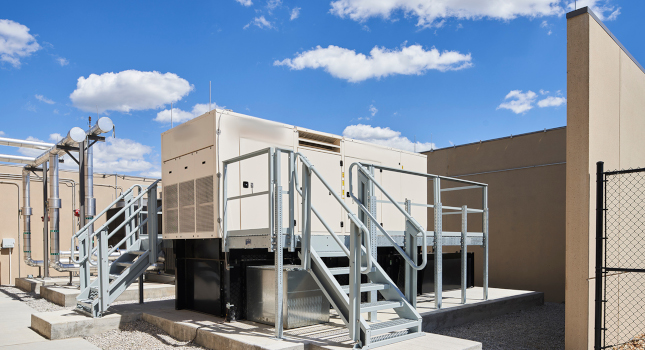Generator capacity in high-rise buildings represents a critical infrastructure component determining resident comfort and safety during power outages. Many buyers overlook this essential system when evaluating potential homes or investment properties until an emergency occurs. In prestigious developments like those at a Penrith Location, proper generator capacity ensures continuity of essential services during outages while protecting property values through enhanced resilience. Understanding the basics of generator systems can help residents make informed choices about high-rise living and appropriately prepare for emergencies.
Coverage priorities
Not all high-rise generators are designed to power the entire building during outages. Most systems operate on a tiered priority system that first allocates available power to the most essential functions. Life-safety systems always receive top priority, including fire alarm systems, emergency lighting, and at least one elevator per bank to allow emergency responders access to upper floors. Water pumps typically fall into the second priority tier, ensuring building occupants maintain access to water during extended outages. Standard area lighting in lobbies, stairwells, and corridors usually receives third-level priority to facilitate safe movement throughout the building. Individual unit coverage varies dramatically between buildings, with some providing only minimal power for refrigerators and a single outlet, while luxury buildings might supply nearly full functionality to residential units.
Capacity calculations
Generator size determines which building systems remain operational during outages and for how long. Capacity is typically measured in kilowatts (kW) or kilovolt-amperes (kVA), with larger numbers indicating more available power. High-rise buildings commonly install multiple generators that work in parallel to provide redundancy and scalable capacity. Determining adequate capacity involves assessment of:
- Total connected load of all essential equipment
- Starting requirements for large motors (pumps, elevators)
- Duration requirements for extended outages
- Growth capacity for future building additions
- Redundancy needs for critical systems
Modern buildings generally require 50-60 watts per square meter for basic emergency functions, though this varies based on building systems and occupancy type.
Runtime limitations
Emergency generators can operate only as long as their fuel supplies last, creating practical limitations during extended outages. Most residential high-rises maintain fuel reserves sufficient for:
- 24-72 hours of operation at full emergency load
- 4-8 hours of testing per year as required by code
- Additional margin for delivery delays during regional emergencies
Diesel remains the most common generator fuel in high-rise applications due to its stability, energy density, and relative safety compared to gasoline or propane. Natural gas generators eliminate on-site fuel storage requirements but depend on municipal infrastructure that may fail during major disasters.
Testing regimes
Regular generator testing provides the only reliable indicator of emergency performance capabilities. Building codes typically require monthly no-load tests where generators operate without powering building systems. These tests verify proper starting and basic functionality but fail to reveal performance issues under actual load conditions. Quarterly load bank tests provide a more comprehensive evaluation by connecting generators to equipment that simulates building electrical demands. Annual full-building tests represent best practices for emergency preparedness. Well-managed buildings schedule these tests during business hours with advance notice to residents, allowing observation of any system limitations before they become critical during emergencies.

